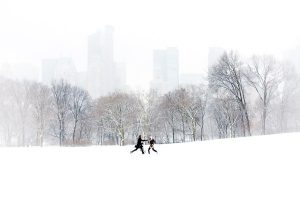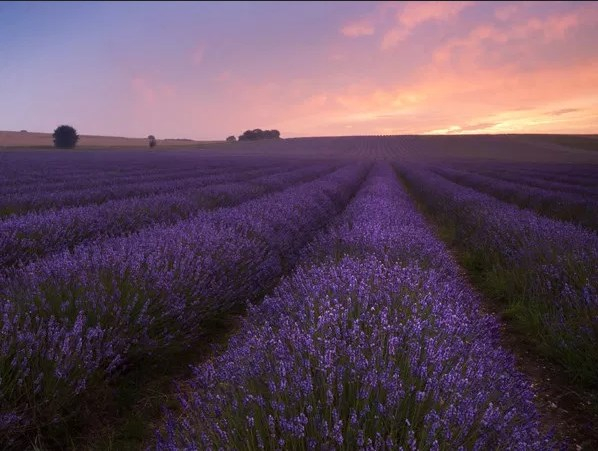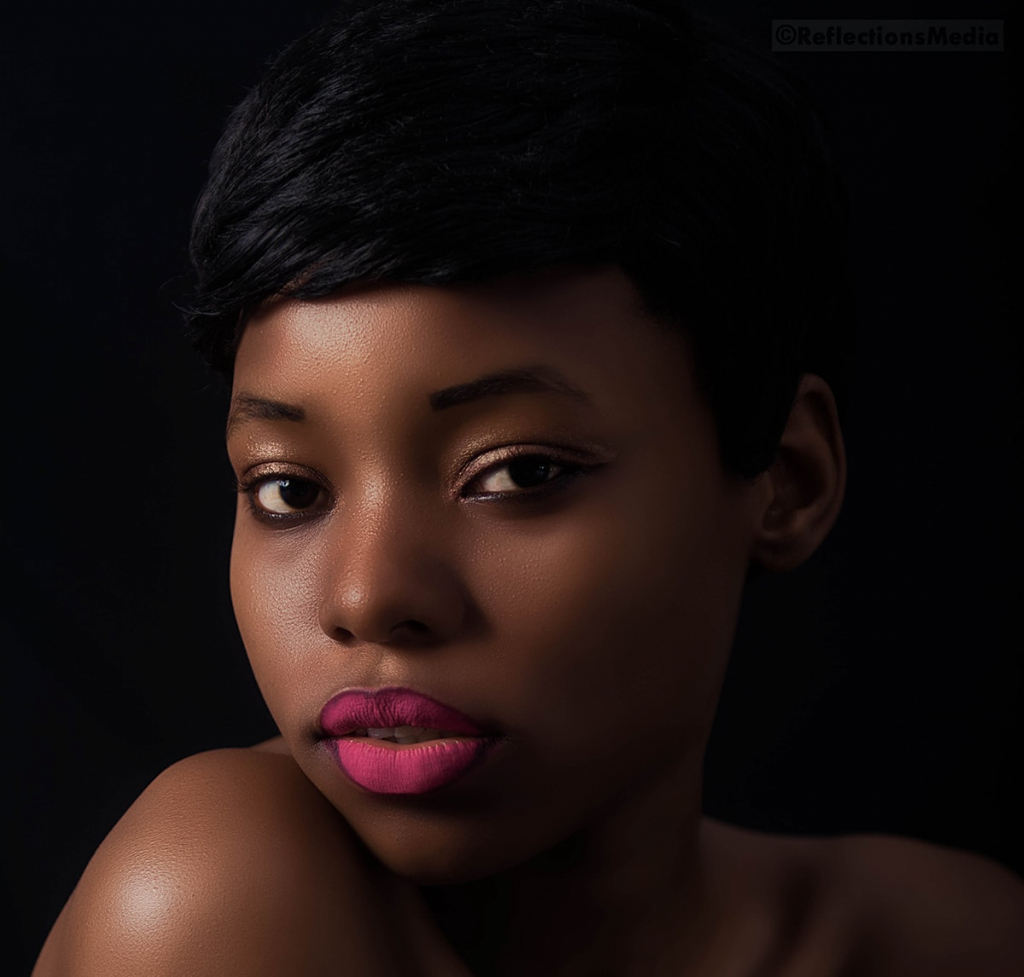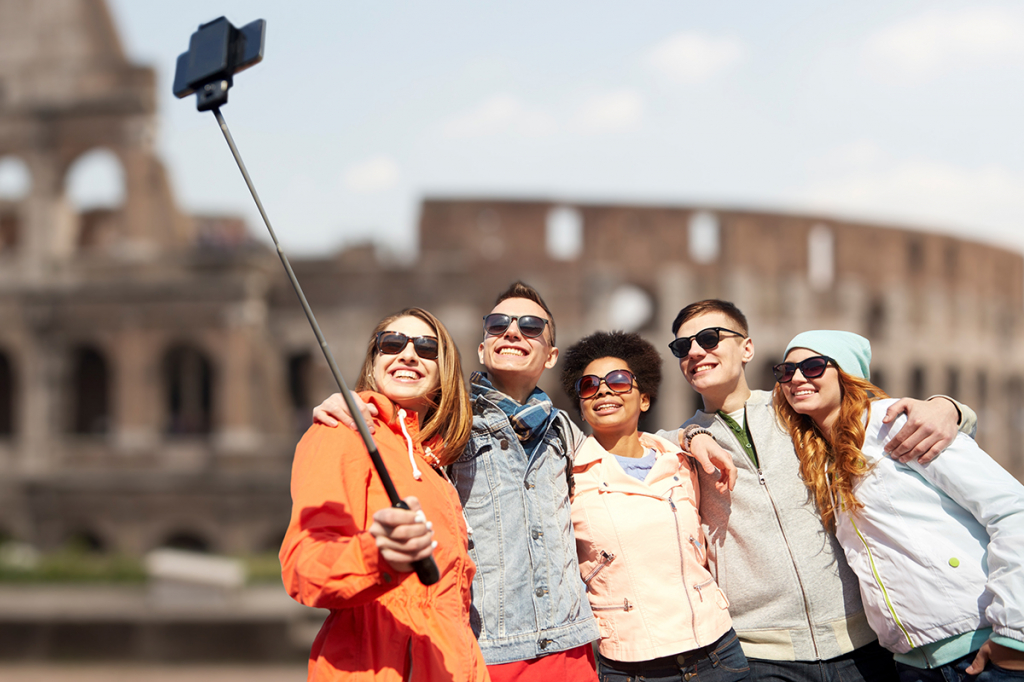5 UNUSUAL COUNCILS ON THE SNOW PHOTOGRAPHY, WHICH CAN CHANGE YOUR WINTER IMAGES
 Winter is in full swing – it’s time to get out and wander through the snow in search of magical shots. Did you use any of the following winter shooting tips?
Winter is in full swing – it’s time to get out and wander through the snow in search of magical shots. Did you use any of the following winter shooting tips?
Use white vignette
The goal of vignetting is to keep eyes from falling off the edge of the image and to look away to the center of the image. Given the amount of white and gray in the snow photos, you usually will not be able to use the traditional dark vignette, because it will be too much eye-catching and look not appropriate. So just use white!
White vignettes can add special magic to snow photos. To add a vignette, use any photo editor, for example, the Adobe Lightroom tool.
This is fairly simple advice, but it can still be of great importance, as seen in the photo above.
How to improve winter photos
Brooklyn Bridge at sunset, during a blizzard
When you are photographing in the middle of a blizzard, photographs often end up gray and devoid of contrast and, among other things, will be littered with snow strips, which give the photograph a picturesque texture and quality. Use this to your advantage and increase the contrast and saturation to make the photo even closer to the type of artistic picture. Over-saturated photos are usually a bad idea, but for shots with a blizzard they can, on the contrary, be just great.
Compare the untouched original below with the photo at the beginning of the article. Improved color, increased contrast and white vignette – everything you need to fully transform the picture.
White backing, white frame
How to improve winter photos
Couple on sheep glade, original
If you have a photo with a lot of white snow and even more with a white vignette, underline it by adding a bottom layer of white and a white frame to it. The frame will merge with the frame to become part of the action.
Photograph at dusk and at night to create menacing winter paintings.
Snow can not only be portrayed as something friendly, peaceful and simple. It can often carry a dark and threatening sensation if it is removed correctly, especially at dusk or at night. When the light level decreases, the contrast between white snow and darkness increases. This can result in, for example, tree branches looking like tentacles or disfigured fingers circling through a photograph. The contrast between the beautiful snow property and the awesomeness of the painting is unique.
How to improve winter photos
Lamppost at dusk, Central Park
HDR (High Dynamic Range) can contribute to the excellent textural quality of HDR without unrealistic HDR colors. Depending on the lighting, snow often lacks texture. The difference between bright white tones and deep shadows in these pictures can be so pronounced that it will not work very well. For such photos, HDR is the perfect tool to put everything in its place.



